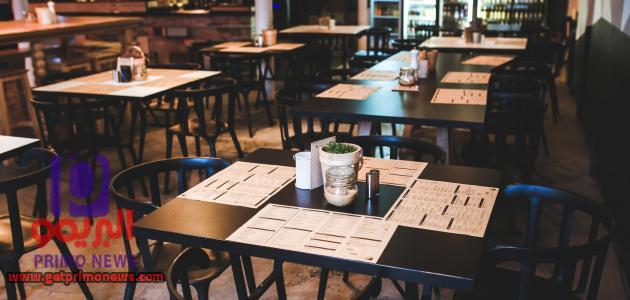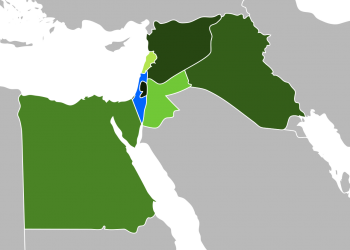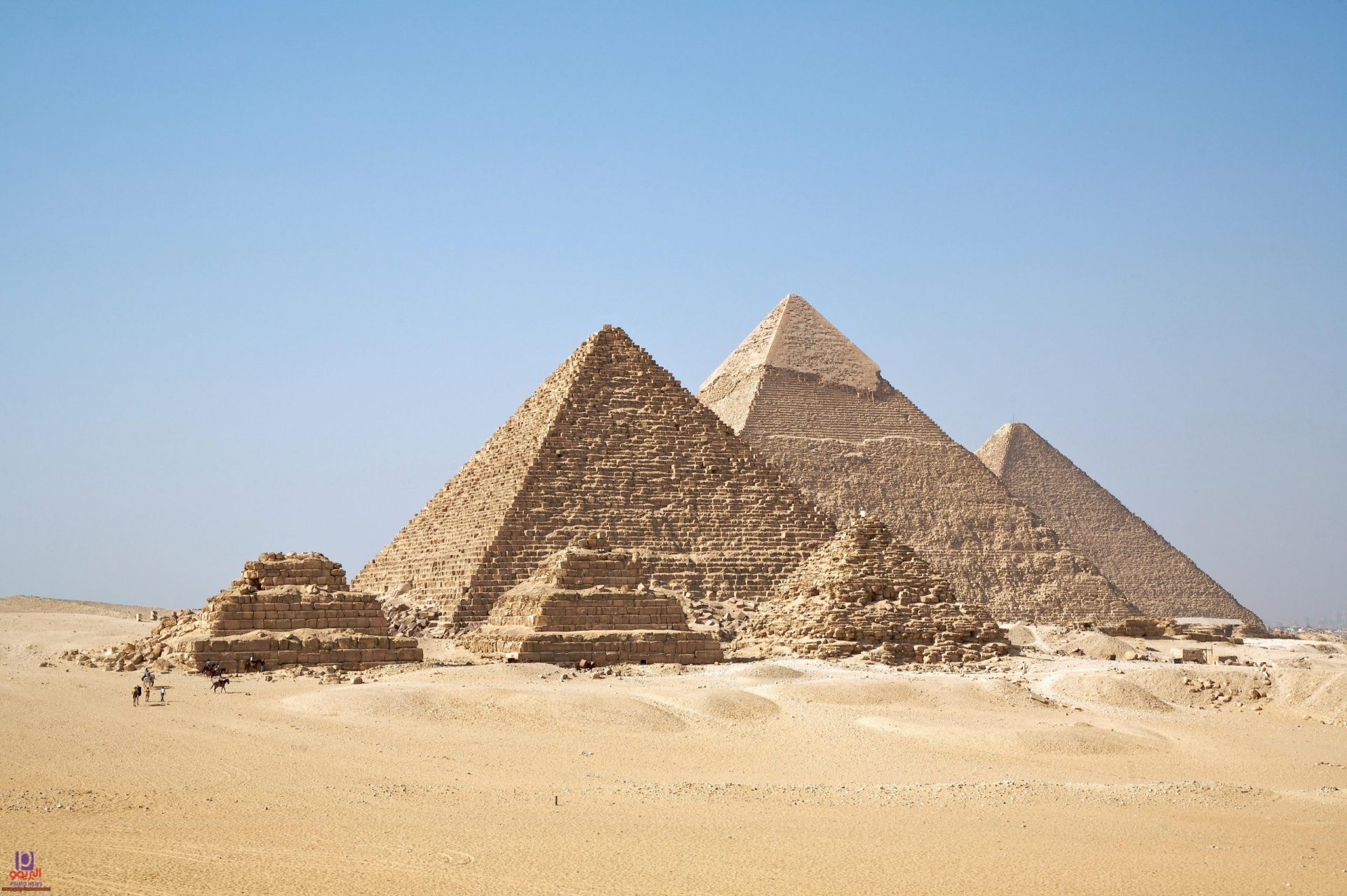موضوع تعبير عن المطعم بالانجليزي | Paragraph about Restaurant حيث فيما يلي نعرض لكم ابنائنا الطلبه و الطالبات نموذج موضوع تعبير عن المطعم بالغه الانجليزيه للصفوف الاعداديه و ذلك من خلال الفريق التعليمي لموقع البريمو نيوز الاخباري كما يمكنكم الحصول علي العديد من موضوعات التعبير المميزه من خلال قسم موضوعات التعبير بالموقع .
Restaurant
A restaurant (French: [ʁɛstoʁɑ̃] (About this soundlisten)), or an eatery, is a business that prepares and serves food and drinks to customers as for the profit. Meals are generally served and eaten on the premises, but many restaurants also offer take-out and food delivery services. Restaurants vary greatly in appearance and offerings, including a wide variety of cuisines and service models ranging from inexpensive fast food restaurants and cafeterias, to mid-priced family restaurants, to high-priced luxury establishments.
History
The first use of the word to refer to a public venue where one can order food is believed to be in the 18th century. In 1765, a French chef by the name of A. Boulanger established a business selling soups and other “restaurants” (“restoratives”). Additionally, while not the first establishment where one could order food, or even soups, it is thought to be the first to offer a menu of available choices The “first real restaurant” is considered to have been “La Grande Taverne de Londres” in Paris, founded by Antoine Beauviliers in either 1782 or 1786. According to Brillat-Savarin, this was “the first to combine the four essentials of an elegant room, smart waiters, a choice cellar, and superior cooking”.[9][10][11] In 1802 the term was applied to an establishment where restorative foods, such as bouillon, a meat broth, were served (“établissement de restaurateur”).
Types
Restaurants are classified or distinguished in many different ways. The primary factors are usually the food itself (e.g. vegetarian, seafood, steak); the cuisine (e.g. Italian, Chinese, Japanese, Indian, French, Mexican, Thai) or the style of offering (e.g. tapas bar, a sushi train, a taste restaurant, a buffet restaurant or a yum cha restaurant). Beyond this, restaurants may differentiate themselves on factors including speed (see fast food), formality, location, cost, service, or novelty themes (such as automated restaurants)
Restaurants range from inexpensive and informal lunching or dining places catering to people working nearby, with modest food served in simple settings at low prices, to expensive establishments serving refined food and fine wines in a formal setting. In the former case, customers usually wear casual clothing. In the latter case, depending on culture and local traditions, customers might wear semi-casual, semi-formal or formal wear. Typically, at mid- to high-priced restaurants, customers sit at tables, their orders are taken by a waiter, who brings the food when it is ready. After eating, the customers then pay the bill. In some restaurants, such as workplace cafeterias, there are no waiters; the customers use trays, on which they place cold items that they select from a refrigerated container and hot items which they request from cooks, and then they pay a cashier before they sit down. Another restaurant approach which uses few waiters is the buffet restaurant. Customers serve food onto their own plates and then pay at the end of the meal. Buffet restaurants typically still have waiters to serve drinks and alcoholic beverages. Fast food restaurants are also considered a restaurant.
The travelling public has long been catered for with ship’s messes and railway restaurant cars which are, in effect, travelling restaurants. Many railways, the world over, also cater for the needs of travellers by providing railway refreshment rooms, a form of restaurant, at railway stations. In the 2000s, a number of travelling restaurants, specifically designed for tourists, have been created. These can be found on trams, boats, buses, etc.












